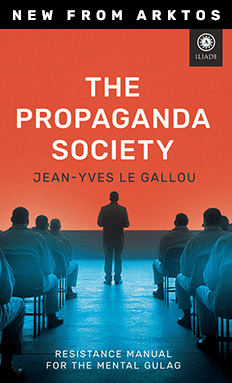Racial Disparities in Youth Incarceration Are the Widest They’ve Been in Decades
Meg Anderson, NPR, April 24, 2025
{snip}
Studies show children of color are treated more harshly in the justice system than their white peers, and federal data released last month suggests that disparity is widening — especially for Black and American Indian children.
{snip}
In 2023, the most recent year for which data is available, Black children were nearly six times more likely to be incarcerated than white children; American Indian children were nearly four times more likely.
“This is the largest Black-white disparity on record. This is the largest Native-white disparity on record,” says Josh Rovner, director of Youth Justice at the Sentencing Project, a research and advocacy organization working to reduce incarceration in the U.S.
Rovner and other criminal justice experts stress that there are not huge differences in the racial backgrounds of kids who commit crimes. But there are differences, he says, in which neighborhoods are heavily policed, making an arrest more likely. In other words, a poorer Black neighborhood will likely have more police patrolling it than a wealthy white suburb.
Once a child is arrested, Rovner says the disparities often accumulate even further, from who is offered a diversion program, to who stays in detention until their hearing, to who gets probation.
“We see that youth of color are just not given the leniency or the common-sense responses that white youth are given,” Rovner says. {snip}
{snip}
Perry Moriearty, associate professor at the University of Minnesota Law School specializing in juvenile justice, says the growing disparities are in part because youth incarceration rates are actually far lower than they were a few decades ago.
The Sentencing Project estimates that from 2000 to 2022, there was a 75% decline in youth incarceration. {snip}
{snip}















